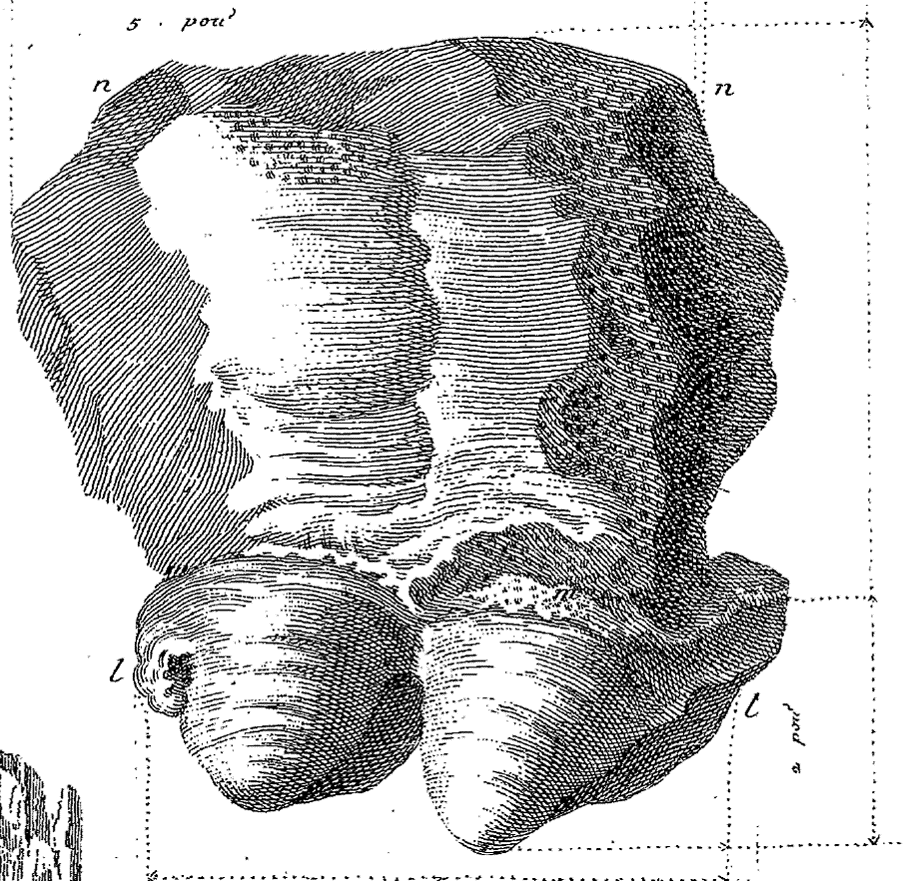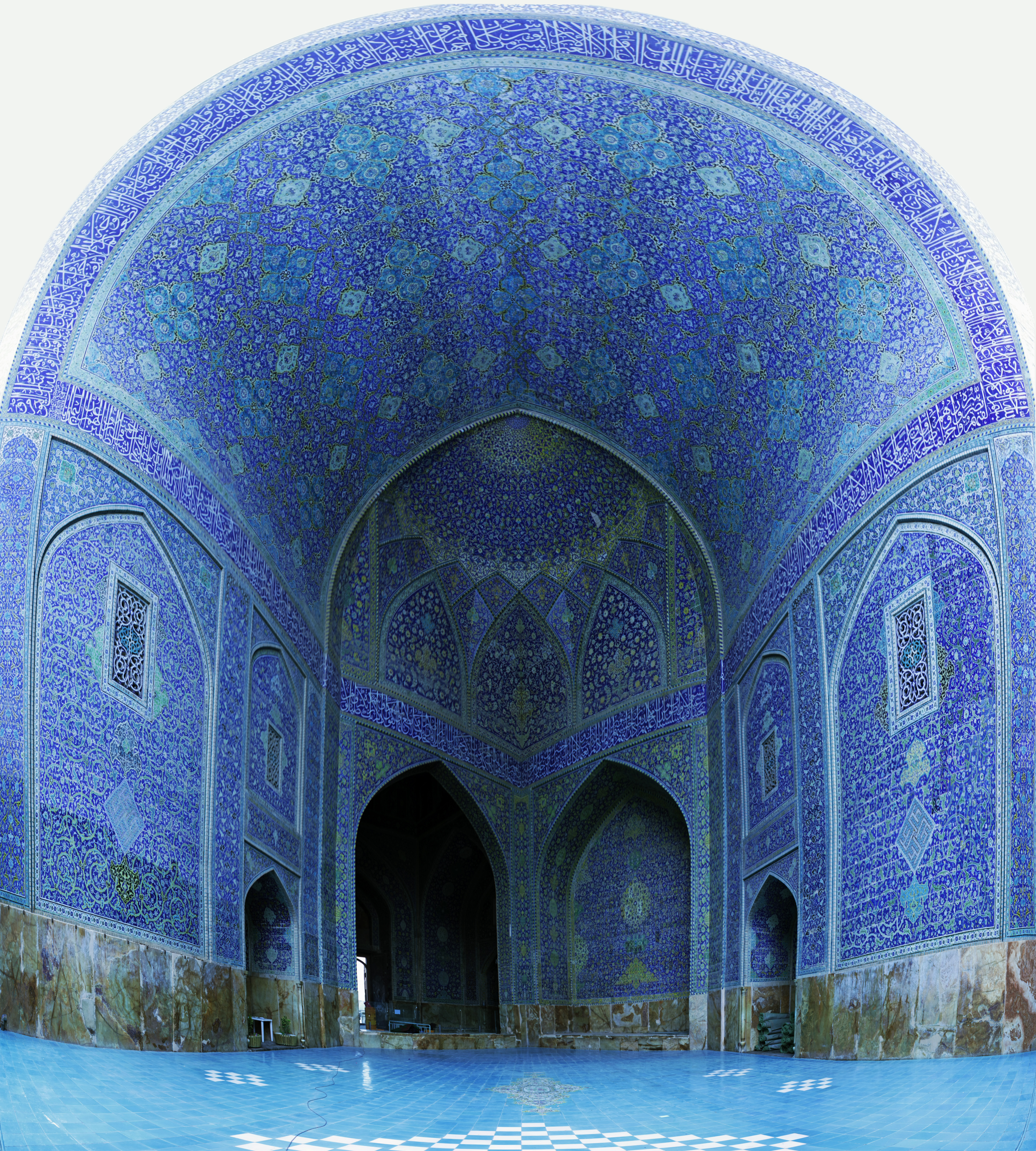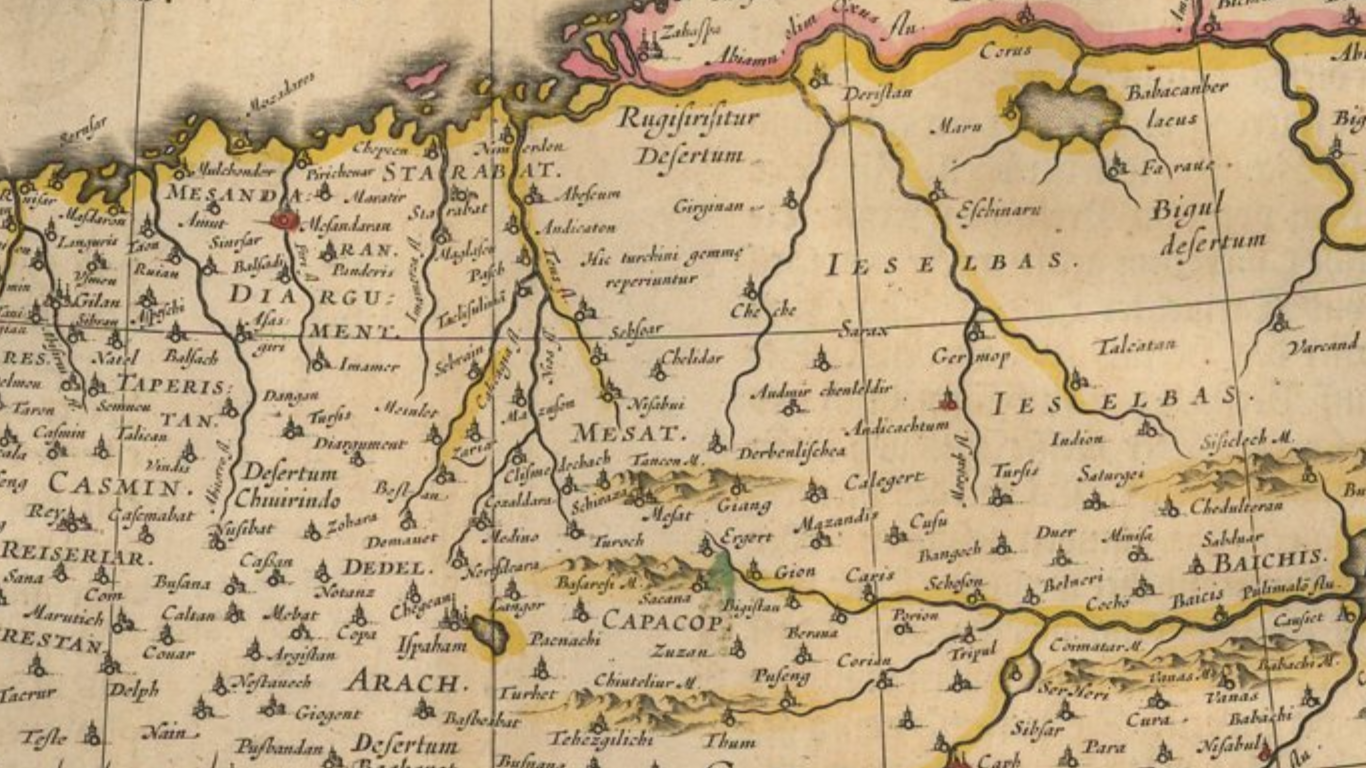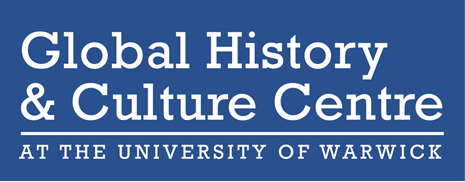Reflections on the First Global Microhistory Conference
Published: 29 June 2018 - Michael Bycroft
A Different Point of View?
The last post summarized some of the themes that emerged in the conference A Different Point of View: Scales, Spaces and Contexts in the Histories of the Local and the Global, held at Warwick on 17-19 May 2018. This post is more opinionated. I offer my own views on the conference, views that are by turns critical, complimentary and complementary. These are unpolished opinions, in the grey area between pub talk and publication—just right for a blog post. My opinions carry no more weight than those of other conference participants, but they do come from a particular point of view, namely the history of science, which for many readers will qualify as a different point of view.
The Same Point of View
‘Global history is like microhistory: a different scale, a different point of view.’ In saying this, Maxine Berg summed up the network and its raison d’être. Clearly, points of view matter. There’s a lot to gain from looking at the same thing from different points of view. But we should not forget that the opposite is also true—there’s a lot to gain from looking at new things from the same point of view.
If historians tend to forget this, historians of science may be partly to blame, since we think of the evolution of the sciences in terms of methods, practices, techniques, and (in the jargon) ‘ways of knowing.’ We should pay more attention to changes in the things known. The event known as the ‘mathematization of the world picture’ in seventeenth-century Europe was really the extension of an existing way of knowing (mathematics) to new sorts of phenomena (such as motion, colour, and human anatomy). Or, to cite my own research, early modern natural history looks very different when we consider precious stones as opposed to plants, animals or metals.
This matters for global history and micro-history, since neither can be defined by scale alone. Carlo Ginzburg’s The Cheese and the Worms (1976) is no smaller in scale than, say, Richard Westfall’s Force in Newton’s Physics (1971). Both books recreate the mental world of an early modern person in exquisite detail. But I doubt that anyone has called Westfall’s book a ‘micro-history’. This is presumably because Westfall’s book is about a famous urban scientist, whereas Ginzburg’s is about an obscure rural miller. The difference is one of subject, not scale. At the risk of being controversial, one might say that the same applies to imperial history and global history: both cover many kilometers, but only one covers many cultures.
Alternative Responses to Nationalism
Jeremy Adelman framed the topic of the global and the local as a response to the rise of nationalism in the US, the EU and elsewhere. Adelman’s response to the new political climate is to build 'the power of place' into global history. In practice, this means studying the people ‘left behind’ by globalization, and recognizing that the interdependence of cultures can lead to ‘disintegration and discord’ and not just ‘integration and concord.’
Adelman gave a glimpse of how this might be done in his paper at the conference. His topic was the photojournalism of war in the twentieth century. War photographs are micro (they capture a particular time and place), global (they can travel widely), and they break down any illusions we might have about the capacity of human beings from different cultures to get along. Adelman has developed this example in another essay on Aeon, available here.
Adelman’s response to the current political climate is a fruitful one, but there are other, equally plausible responses. One is to change nothing. Historians spent two centuries writing national histories, and we've only spent two decades writing networked histories. Why should we stop now, when there are so many border-busting archives to be studied, such as the Prize Papers at the National Archives (described at the conference by Dagmar Freist) and the papers of early modern Armenian merchants (illuminated by another speaker, Sebouh Aslanian)?
One might add that the new political climate gives us more reason, not less, to play up cosmopolitan values such as travel, trade, and tolerance. Surely it is possible to do this without (to quote Adelman) going on a ‘neoliberal joyride.’ Certainly it is possible to study transnational networks and connections without being a stooge of global capitalism. To take an example from the conference, it would be hard to read Christian de Vito’s study of transnational convict networks as an endorsement of a neoliberal world order. The network metaphor is politically neutral—or, if you prefer, politically versatile. The idea that networks are neoliberal is as absurd as the idea that Venn diagrams are Conservative or that quadratic equations are Marxist.
Another response is to become even more global than Adelman advises. ‘We are going to have to be more global,’ Adelman wrote, ‘and get more serious about engaging other languages and other ways of telling history.’ Quite right. So why are we making such a fuss about Italian microhistory, about the US presidency, and about a British referendum about membership of the EU? Nationalism may be a global movement, but Indian nationalism is not the same thing as English nationalism, and the two may call for different responses from the historian. And perhaps there are non-European historiographical traditions that have been doing a kind of global microhistory that ‘we’ can learn from. The person who made this suggestion at the conference gave several examples, including Indian postcolonial history and Latin American subaltern studies.
A third response is to consider friendlier forms of nationalism. Adelman’s examples of the ‘power of place’ are ominous ones, such as a Front National poster that contrasts a woman in a French tricolour with a woman in a burqa. But national feeling has milder faces. To take a British example, the opening ceremony of the 2012 Summer Olympics was warmly received across the political spectrum, not for undermining the idea of Britishness but for burnishing it. French nationalism is not just about xenophobic posters but also about taking pride in a well-funded national health system and unbeatable baguettes. There are plenty of global citizens who get homesick, and plenty who are in favour of nation-states (not least because nation-states gave us welfare-states).
If there is a political lesson here, perhaps it is that the malign forms of nationalism can be disarmed by the benign forms. We might call this the ‘Orwell strategy’, after George Orwell, whose hatred of nationalism did not prevent him from writing heartfelt essays about English cuisine, English murder mysteries, and English socialism [1]. The historical lesson is that we might be able bring nations into global history by studying micronations, those miniature forms of nationhood that travel globally, such as flags, postcards, Little Italies, and banknotes. Or consider the passport, a paradoxical document that says where we belong but only when we are no longer there.
Theses
There was some back-and-forth at the conference about the virtues of models. I do not have a view on models in general, which, like quadratic equations and Venn diagrams, are neither good nor bad in absolute terms. But I do have a view on models in historical writing, which is that they are no substitute for theses.
For a time, much research in the history of science was organized around ambitious new explanations for middle-sized historical transformations. The ‘Yates thesis’ held that heliocentric cosmology of Nicolas Copernicus had its origins in hermeticism; the ‘Merton thesis’ held that early experimental science was driven by the Protestant work ethic; and so on. These days, the thing to do is to put forward a new model. We have had the diffusion model, then the model involving ‘cycles of accumulation and calculation’, then the circulation model, and no doubt there are more on the way.
These models are useful, but we should not dispense with theses. Theses are neither macro nor micro, and for this reason they can mediate between the two scales. They are a traditional way of presenting ideas, but they can be transformative – as Jan de Vries showed at the conference, with a thesis about early modern bread consumption that questioned the way historians have been modelling historic changes in standards of living.
Theses are often overlooked, but they turn up in surprising places. Everyone knows Thomas Kuhn’s model of scientific change, which is about paradigms and incommensurability. But few people know about his main thesis, which is that early modern European science is best understood as the convergence of two intellectual traditions, one experimental and one mathematical. This thesis has been adopted by many historians, including one Italian microhistorian: Carlo Ginzburg used it to distinguish ‘conjectural knowledge’ from ‘Galilean knowledge.’ The former kind of knowledge, Ginzburg implied, is what the microhistorian seeks. Ginzburg called the distinction a model, but it started out as a thesis (and in my opinion it is better as a thesis than as a model) [2].
The other advantage of theses over models is that they are more likely to take time into account, or at least the kind of time that historians know best. ‘Paradigm’ and ‘incommensurability’ are timeless terms in the sense that they can be, and have been, applied to phenomena in many different historical periods. ‘Early modern European science came about by a convergence of two traditions’ is a thesis anchored in a particular epoch, albeit a long one.
Of course, this thesis is framed in a way that many global historians will be unhappy with, i.e. in terms of something called ‘European science.’ It remains to be seen, at least in the history of science, whether the construction of interesting historical theses can be reconciled with the erosion of the geographical and chronological units around which those theses have been formed in the past. The Merton thesis, Yates’ thesis, and Kuhn’s thesis, all deal with different aspects of what was once known as the Scientific Revolution. What becomes of these theses if, as many historians of science believe, the Scientific Revolution is a Eurocentric fiction? Only time will tell.
Time
Time came up near the end of the conference. It must be said that there is plenty of material for global historians to work with. Historians have always been concerned with time in its various guises, including periodization, progress, tradition and memory. At Warwick alone, there are two research groups working on such topics in the European context (the Memory Group and the Antiquity and Its Uses project), not to mention a recent workshop entitled ‘Experiencing Time in the Early Modern Period’. The question of how scholars in different cultures relate to ancient texts is the subject of a recent comparative study [3]. And the theme of time chimes with Adelman’s call for more attention to non-European historiographical traditions. What better way to grasp a person’s understanding of time than through the way he or she thinks about the past?
Time also matters for historiographers. Trivellato put the point bluntly: ‘Global history is less methodologically innovative than we might think.’ In the historiography of science, there is a tendency to divide the field into a ‘positivist’ phase and a ‘post-positivist’ phase, and to think that we no longer have anything to learn from the positivist phase. I’m not so sure. There was a strain of internationalism in the positivist project that has a lot in common, for better or worse, with the border-crossing of today’s global historians. Consider this statement:
‘I have already, on several occasions, expressed my hostility to those wretched Procrusts who mutilate the object of our study by adjusting it to political units [i.e. nations] from which it is essentially independent.’ [4]
These are not the words of an overheated globalist in 2018, but of George Sarton, a positivist and one of the founders of twentieth-century history of science, writing in 1924.
Metrics
By way of conclusion, if there was one missing link at the conference, one theme that underlay much of what was said but that did not crystallize into a concept, it is the idea of a metric. I borrow this term from abstract mathematicians, for whom a ‘metric’ is a generalized notion of physical distance.
Christian De Vito’s talk on convict transportation helps to illustrate this idea. In one sense, scales did not matter to these convicts—the terms ‘national scale’ and ‘provincial scale’ do not help to make sense of their experience. But in another sense, scale did matter to them—many of them died on their overland journeys, so the difference between a two-day journey and a ten-day journey could be the difference between life and death. The naturalists I discussed in my talk had a different notion of ‘bigness’, one that was tied to geopolitical units such as the province and the nation.
So the question is not so much ‘when does scale matter?’ or ‘which sizes matter?’ but ‘how are scales measured?’ When we say that one place is ‘far’ from another, do we mean that they are separated by many kilometers, or by many days travel, or by several national borders, or by several different linguistic groups, or by a large number of casualties, or what?
All these measures can matter, depending on the Who, Where, and Why of the journey. And there is no simple relationship between the different measures—there was no guarantee, even in the early modern period, that a thousand-mile journey would take longer, or traverse more cultures, than a hundred-mile journey. Indeed, one effect of globalization, now and in the past, is to throw these measures out of alignment. It is possible to travel halfway round the world, from London Heathrow to Auckland International Airport, and experience less cultural variation than there is in downtown Toronto.
Things become more complicated when we consider areas and volumes as well as distances. Square miles might not be an important measure for a convict on the move, but it matters a great deal to a farmer whose harvest depends on the surface area of his fields, or a king whose tax revenues depends on the extent of his kingdom.
These are actor’s questions – they mattered for the people we study – but they are also analyst’s questions, because the field of global history is often defined in terms of the amount of ‘distance’ it covers. These are also scientists’ questions, since scientists make claims about the universality of their theories. We were reminded of this in Paula Findlen’s lecture on the seventeenth-century Jesuit Athanasius Kircher, a man whose claims to universal knowledge were based on a far-flung but patchy network of correspondents.
If Kircher’s network was not universal, how could his knowledge be universal? So asked one of the audience-members in the Q&A. A modern statistician might say that Kircher had made a ‘stratified sample’ of the universe, one that covered everything by taking one example from each of the main types of things. But one example from what, exactly? One example from every language? Or from every continent? Or from every culture, race, nation, species, degree of longitude, degree of latitude….?
The title of Trivellato’s talk was ‘What Differences Make a Difference?’ The title of a recent piece in the American Historical Review was ‘How Size Matters’ [5]. Perhaps the titles for the future are ‘Which Distances Make a Difference?’ and ‘How is Size Measured?’
[1] Compare Orwell’s essay ‘Notes on Nationalism’ to his ‘In Defence of English Cooking,’ ‘Decline of the English Murder,’ and ‘The Lion and the Unicorn: Socialism and the English Genius.’
[2] Carlo Ginzburg, trans. Davin Anna, ‘Morelli, Freud and Sherlock Holmes: Clues and Scientific Method,’ History Workshop, vol. 9 (1980): 5-36, 33 note 59.
[3] Most, Glen W., and Anthony Grafton, eds, Canonical Texts and Scholarly Practices: A Global Comparative Approach, Cambridge University Press, 2016.
[4] George Sarton, Review of Hélène Metzger, Les doctrines chimiques en France du debut du XVIIe a la fin du XVIIIe siècle, in Isis, vol. 6, no. 1 (1924): 57-64, on 60.
[5] Sebouh David Aslanian, Joyce E. Chaplin, Ann McGrath, and Kristin Mann, ‘How Size Matters: The Question of Scale in History,’ The American Historical Review 118, no. 5 (2013): 1431–72.

'A piece of turquoise de Languedoc’ owned by the French naturalist René Réaumur and drawn in 1715.

The main prayer hall of the Royal Mosque in Isfahan, built c. 1610-1630 and decorated with turquoise-coloured tiles.

Detail of Willem Blaeu, 'Persia sive Sophorum Regnum' (Amsterdam, 1635), showing (upper-centre) the presumed location of turquoise mines (‘Hic turchini gemma reperiuntur’) and the town of Nishapur (‘Nisabui’). The yellow border is that of Persia.

